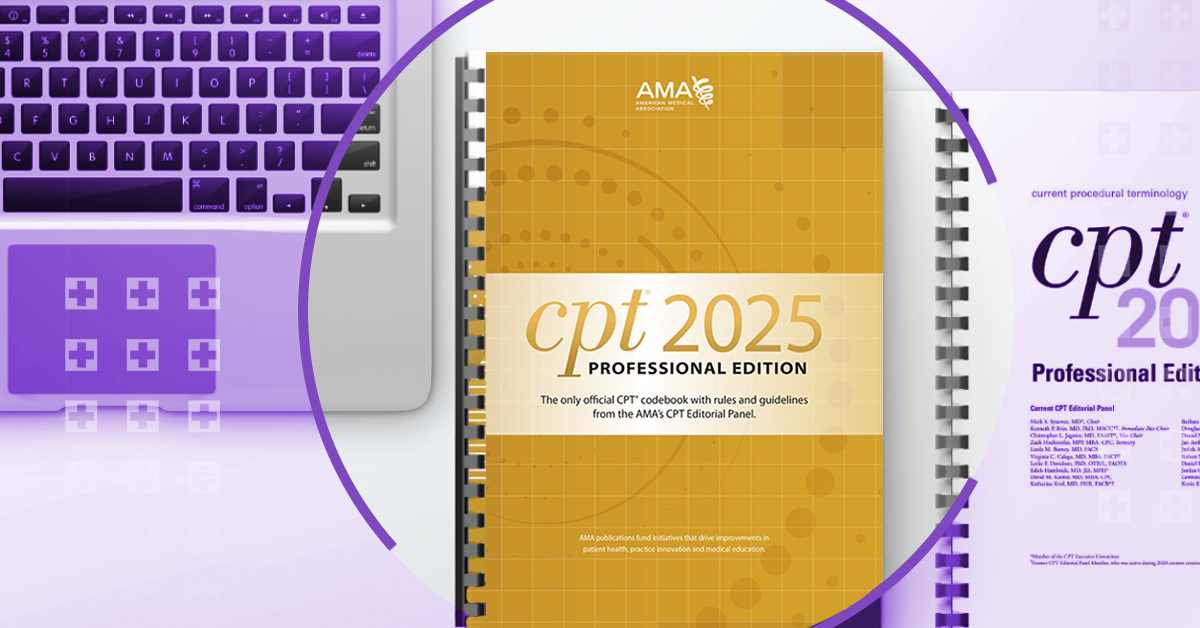Much like a putting on a stage production, performing surgery is complex, has many contributors, and requires a lot of prep work behind the scenes for the show to run smoothly. Indeed, there’s a reason the operating room used to be called the operating theater.
And much like a theatrical production, much must happen before the curtain rises on opening night, or the day of the procedure. But when small inefficiencies – like delayed prior authorizations or unnecessary supply waste – are left unchecked, the stage is set for frustrated performers and poor financial return.
After all, when surgical cases account for up to 50% of a health system’s revenue, it’s crucial to remove scheduling workflow problems that impact your perioperative performance.
The star of the show: Surgical terminology
Having a detailed surgical dictionary built into your EHR workflow positively impacts many aspects of the perioperative space – from helping to ensure terminology is up-to-date, to simplifying scheduling, maximizing block utilization, and streamlining the pre-authorization process.
Before surgery can even be scheduled, most insurance companies must approve a prior authorization form. These must be submitted with sufficient information using any necessary details – tied to standardized codes – to accurately document the medical necessity of the procedure. Without enough detail, insurance companies are likely to deny a request, which at best delays a procedure and at worst prohibits it from happening at all.
Run time, with intermission
Even with a cast, the show can’t go on without a stage – or an operating room. Enter stage left: block time utilization.
When a certain set, or block, of operating rooms are set aside for one surgeon or specialty, it’s imperative to know that they have the right amount of time to perform. That means making sure the correct cases are scheduled so the right amount of time is blocked off for the procedures of the day.
And just a tiny discrepancy in whether a specific operation is to be open, laparoscopic, or endoscopic can mean a time difference of 30 minutes or over two hours. With the volume of surgeries performed each year, block time must work – if it doesn’t, well, as the old saying goes, time is money.


